My Water Heater is Getting too Hot
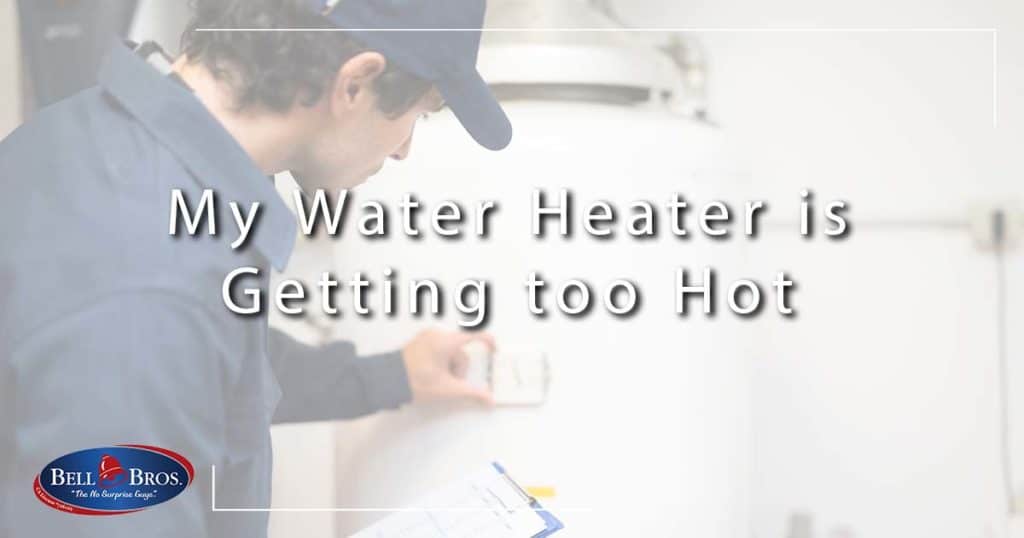 Water that’s too hot isn’t an urban legend. It’s a situation that may lead to injury and higher electric bills as the water heater uses more energy to warm the water.
Water that’s too hot isn’t an urban legend. It’s a situation that may lead to injury and higher electric bills as the water heater uses more energy to warm the water.
Here we’ll discuss five common reasons for the excessive hot water, why the thermostat needs to be set within a certain temperature range, and how to change the temperature on tankless and gas water heaters.
5 Reasons your water heater is getting too hot
A tank-style water heater can last up to 10 years with regular maintenance and repair, while tankless models can last up to 20 years. But, if your water heater has any of these issues, contact a plumber immediately to extend the functional lifespan.
1. Broken Thermostat
The first place to start is with the thermostat since it tells the water heater what temperature the water should be. When the thermostat breaks or malfunctions, the water heater continues to heat the water until you fix the issue.
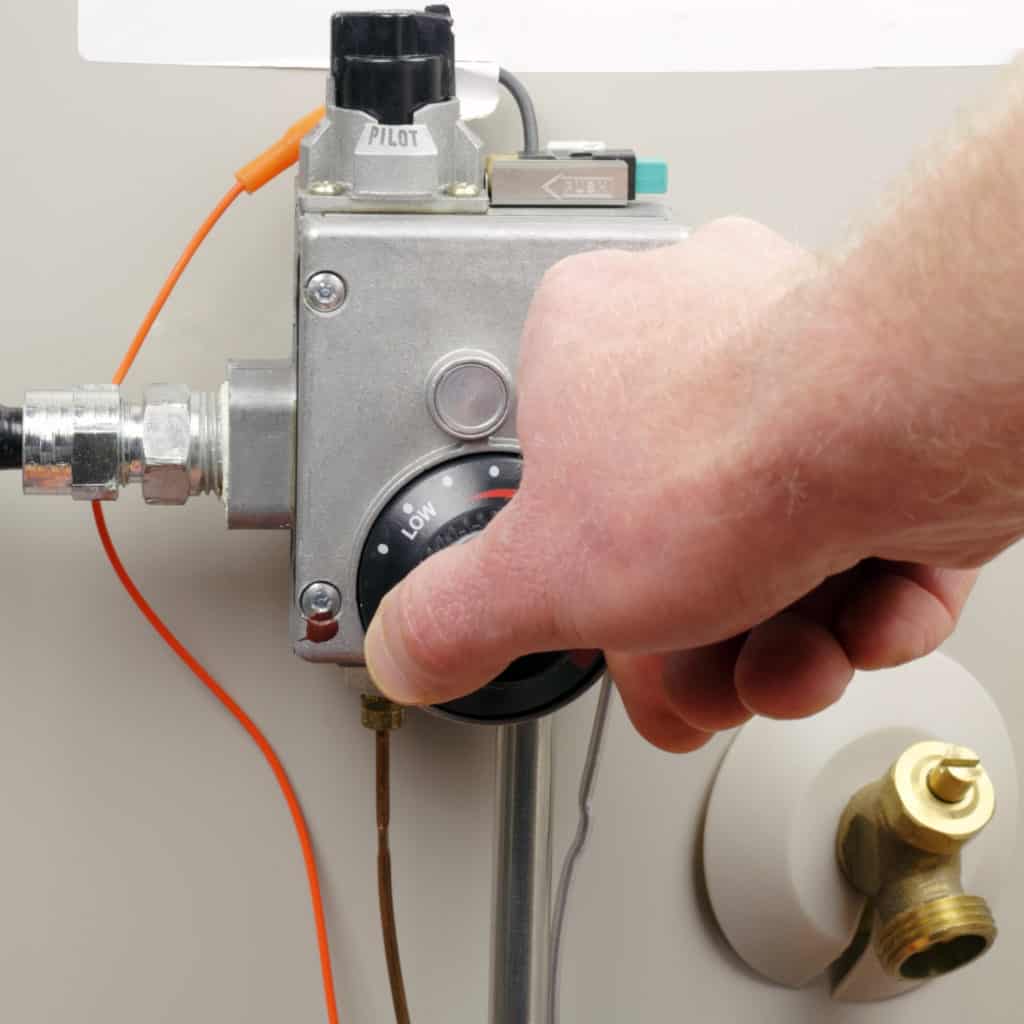 It’s easy to test the thermostat to see if it’s working appropriately. Begin by lowering the set temperature 15 degrees to 20 degrees. Then, check the tap water temperature in two to three hours with a thermometer. If the water temperature doesn’t match what the thermostat was changed to, the thermostat is likely the issue.
It’s easy to test the thermostat to see if it’s working appropriately. Begin by lowering the set temperature 15 degrees to 20 degrees. Then, check the tap water temperature in two to three hours with a thermometer. If the water temperature doesn’t match what the thermostat was changed to, the thermostat is likely the issue.
2. Thermostat Isn’t Mounted Correctly
The thermostat needs to be mounted correctly and securely to the water heater tank to correctly track the water temperature. It can work loose over time from vibration and wear. If it appears to be off-kilter, use a screwdriver to loosen then realign properly before affixing it back in place.
3. Mineral Buildup
If you’re one of the 85% of Americans who live in a hard water region, you likely have mineral buildup inside the water heater tank. Hard water leaves behind calcium and magnesium deposits as the water heats. These deposits collect over time and interfere with appropriate heating of the water.
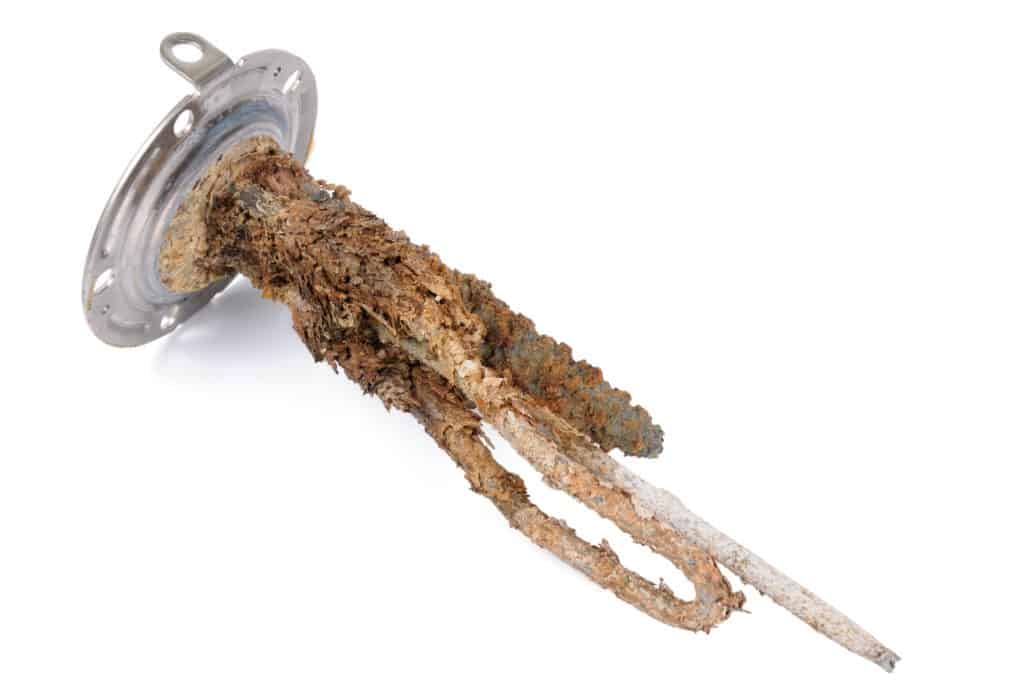
One way to fight mineral buildup is with an annual plumbing maintenance, including flushing the water tank. This removes the mineral deposits, reducing overheating while helping the water heater operate efficiently and effectively for years.
4. Faulty Heater Element
Electric water heaters have one or two heating elements which, when working correctly, heat the water to the thermostat temperature. But when an element starts to ground, or die, it stays on all the time. Not only are you and others subjected to extremely hot water, but the continual heating also causes the element to burn out completely. Then you’re left with no hot water until the heater element is replaced.
5. Issues with the Pressure Relief Valve
The pressure relief valve helps release the steam created inside the water tank as the water heats. This also regulates the amount of pressure which would otherwise overheat the water. If the valve is blocked or malfunctioning, the water temperature only increases as the pressure rises and so does the risk of the water heater exploding.
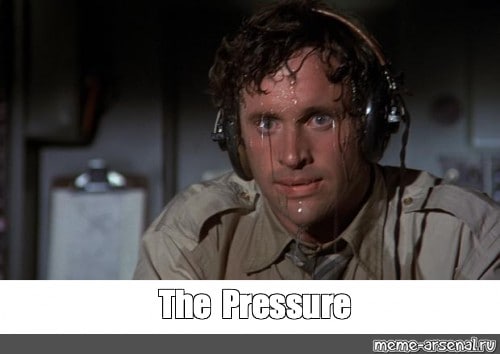
How to Change the Water Heater Thermostat
Your water heater temperature should be set between 120 degrees and 140 degrees Fahrenheit. If this sounds oddly specific, it is — it’s the range to avoid scalds and burns and to reduce any potential growth of Legionella and other illness-causing bacteria.
Gas Water Heater
Older gas water heaters use a dial near the bottom of the tank to control the thermostat. Newer units have the thermostat neatly tucked away behind an access panel and layer of insulation for efficiency and protection.
- Turn off the water heater’s power source, generally from the circuit breaker.
- Find the thermostat access panel and use a flathead screwdriver to remove
- Peel back the layer of insulation over the thermostat.
- Your water heater may have one or two thermostats; if it has two, adjust the top thermostat to a higher temperature than the bottom one using the screwdriver.
- Tuck the insulation back over the thermostat and reattach the access panel.
- Turn the power back on at the circuit breaker.
- Relight the pilot light, if necessary.
- Wait three hours then test the water temperature from a tap. Adjust the temperature as necessary.
Tankless Water Heater
Most tankless water heaters use a digital thermostat panel to control the temperature. Locate the panel on your unit and adjust the temperature as needed.
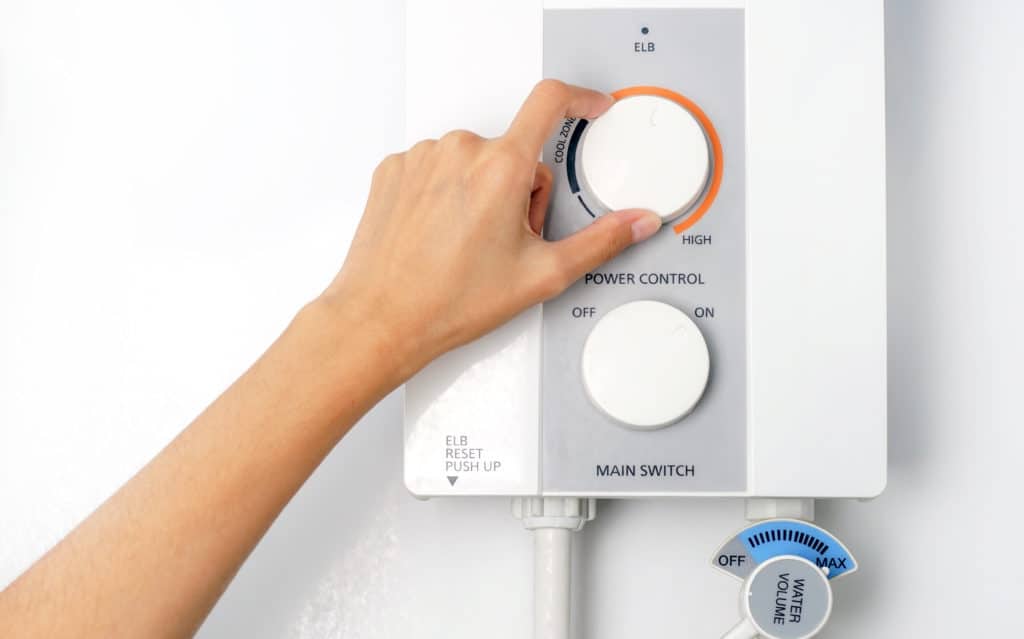 Regular plumbing maintenance is the best way to avoid extremely hot water coming from the tap and the many issues it can cause. Call Bell Bros today water heater needs.
Regular plumbing maintenance is the best way to avoid extremely hot water coming from the tap and the many issues it can cause. Call Bell Bros today water heater needs.

